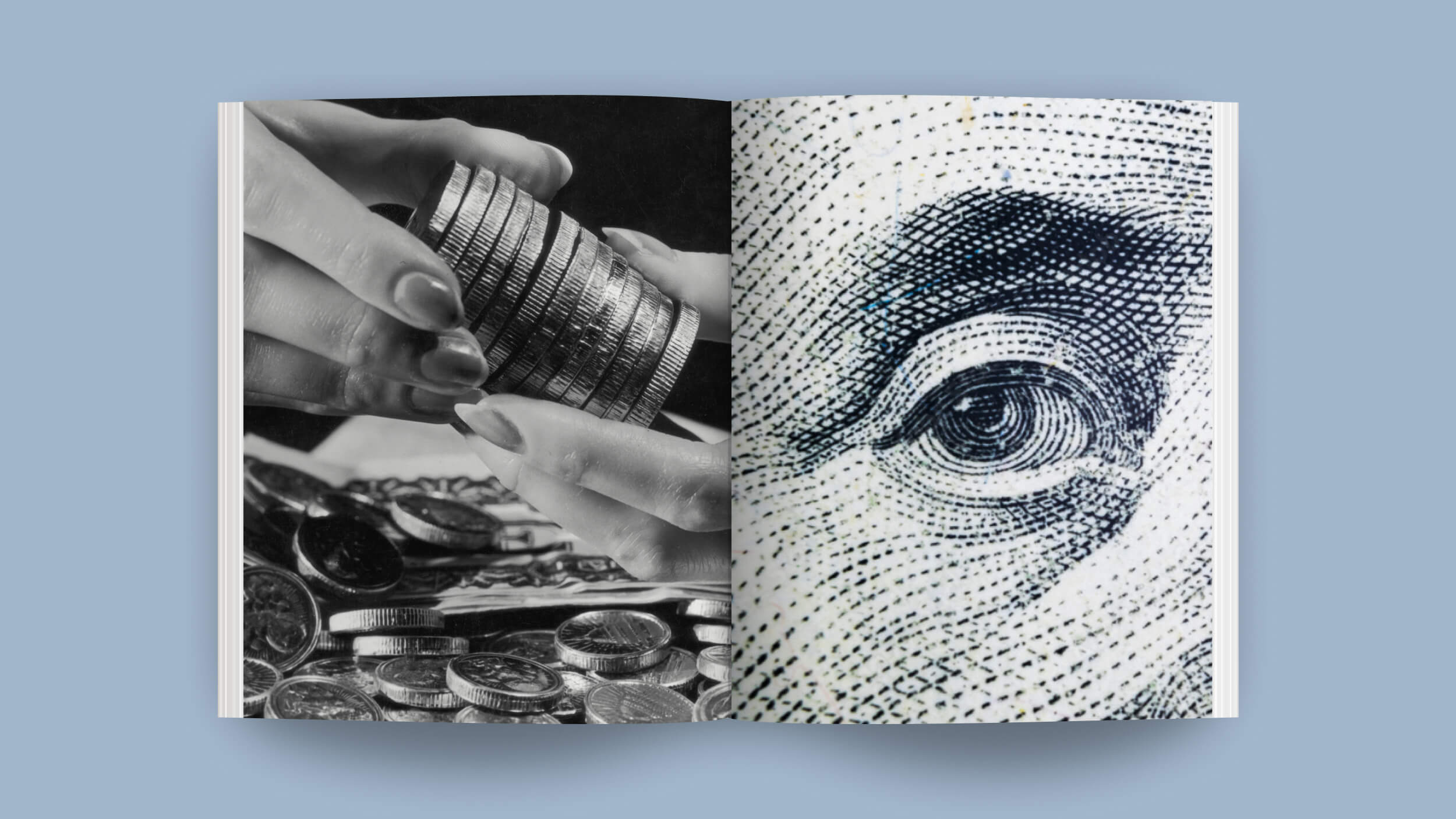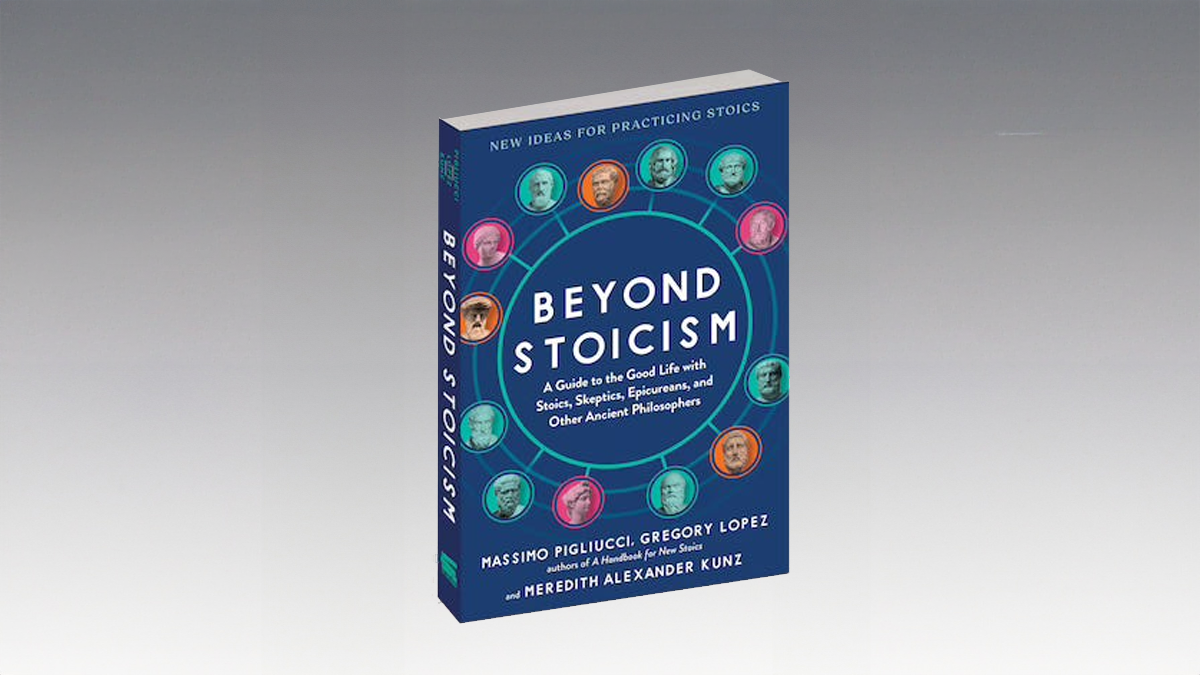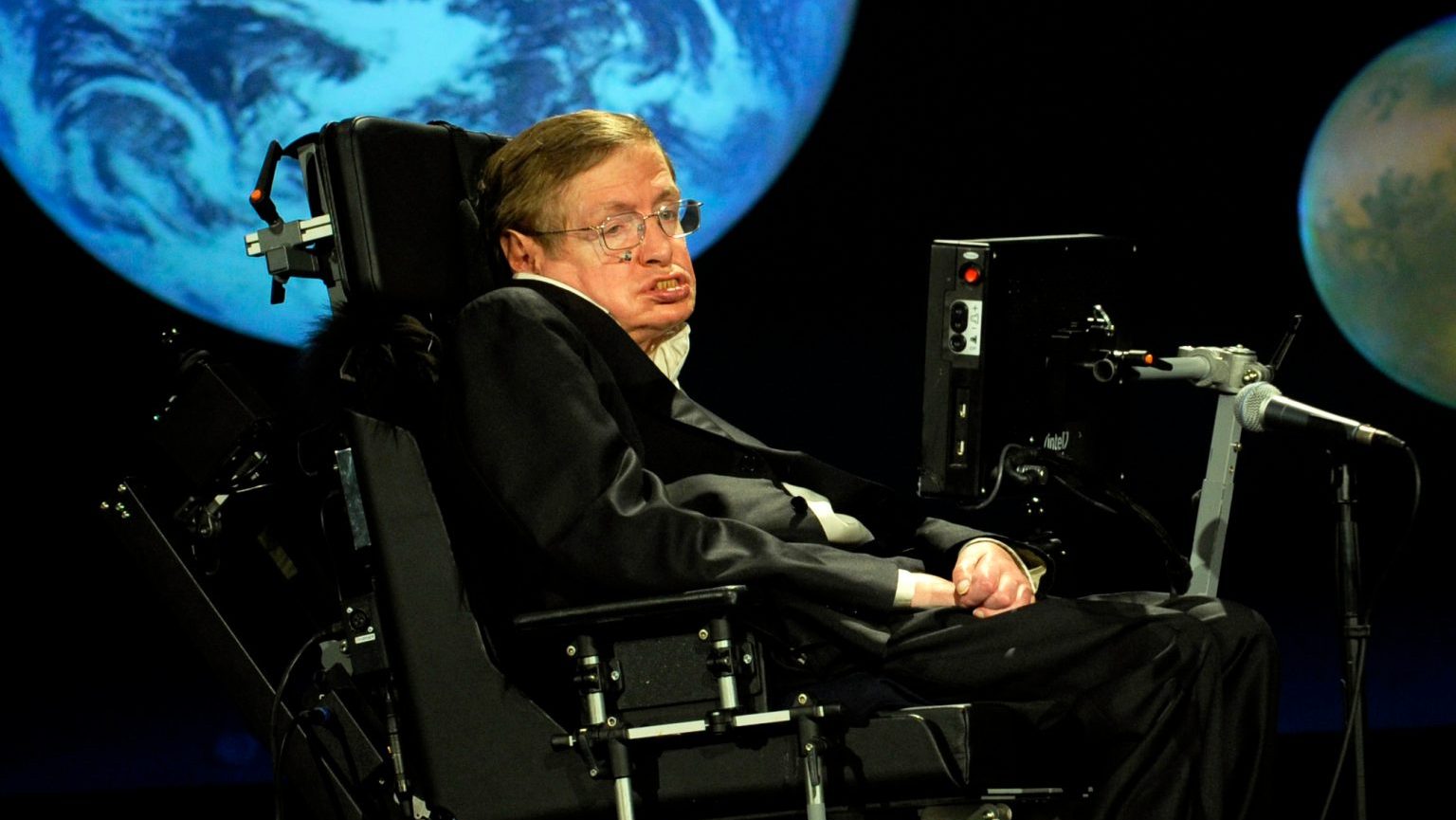Dr. Laurie Santos is an Associate Professor of Psychology at Yale University. Her research provides an interface between evolutionary biology, developmental psychology, and cognitive neuroscience, exploring the evolutionary origins of the human[…]
Sign up for the Smarter Faster newsletter
A weekly newsletter featuring the biggest ideas from the smartest people
Our two closest living primate relatives, chimpanzees and bonobos, leave scientists puzzled over the origins of human sexual behavior.
Question: You teach a class on sex evolution and human nature.rn Do you consider science sexy?
rn
Laurie Santos: Oh yeah. I think science is very sexy. Irn mean, there are a lot of big scientific puzzles when it comes to sexualrn reproduction. You know, why do we choose to have sex? It would be rnmuch easier just to kind of bud a little clone, boop! It saves lots of rntime and energy, waste, and disease and all of these things. But you rnnow, many, many animals in the animal kingdom actually put in the time rnand energy and risk the disease and you know, all the pains and rnheartache to actually sexually reproduce. So, it’s a big puzzle in the rnevolutional biology. And then when you start looking at the different rnways animals go about sexual reproduction, all the different way they gorn about finding mates and you know, strategizing to get mates and rnconvincing individuals to mate with them, and so on, you know, it’s kindrn of just fascinating to see all the strategies that are out there. And rnin many ways, humans are real outliers in this. So, it’s fun to look atrn the techniques that we see across the animal kingdom.
rnQuestion: In what ways are humans outliers when it comes to sex?
rn
Laurie Santos: Well, humans are a very funny species rnwhen it comes to sexual reproduction. We’re very weird relative to our rnclosest living primate relatives, the other apes. So, we, for the most rnpart, seem to be a pair-bonded species. In other words, a male and a rnfemale get together and form this pair bond and kind of cooperatively rnrear their young. There’s nothing really like that in the rest of the rngreat ape species. In chimpanzees, our closest living relative, you see rnlots of multi-male, multi-female reproductive behavior. Meaning, you rnknow females are mating with multiple males; males are mating with rnmultiple females. But also in chimpanzees, you also see that males and rnfemales just aren’t interested in sex during the period where females rnaren’t very reproductive.
So, female chimpanzees advertise rntheir receptivity, that period when they’re fertile by having this huge rnsexual swelling that kind of blows up and males are only interested rnduring this period. Somehow humans, unlike our closest living rnrelatives, have kind of gotten rid of this. You know, human females of rncourse, don’t go around advertising with you know, really robust, rnblown-up, red, sexual skins when they’re receptive, which is a bit of a rnpuzzle. You know, why did we lose this trait just in the last 7 millionrn years? You know, these are the kinds of things that hang on for long rnperiods of time in primate evolution, so the fact that we got rid of rnthis very quickly is a bit of a puzzle. So weird kind of weird relativern to other primates regarding our sexual behavior.
Our other rnclosest... so we have two closest living primate relatives, it’s a tie rnbetween chimpanzees, so common chimpanzees, and their sister species, rnbonobos. And chimpanzees and bonobos greatly differ in their own sexualrn behavior. Bonobos are sort of the "make love and not war" kind of rnprimate. They tend to be way less violent and aggressive than rnchimpanzees and one of the behaviors that allows them to overcome that rnis the fact that they are very sexually oriented. So, in a lot of the rnsituations that would cause aggression in chimpanzees, bonobos actually rnresort to having sex to kind of diffuse any of the anxiety or stress rnabout the situation.
So, it’s another puzzle for humans is rnthat we have one of our closest living relatives is very aggressive, rnvery warlike, they’re kind of a lot of the stuff that explicitly say we rndon’t like about the human species. Our other closest living relative isrn very peaceful, you know, very kind of social sexual-oriented has lots rnand lots of female bonds. And there’s a bit of a puzzle in the field rnof what parts of these two guys did the humans get, you know, are we rnmore like chimpanzees, are we more like bonobos? Still big puzzles in rnthe field of primate cognition.
Recorded May 21, 2010
Interviewed by Andrew Dermont
rn
Laurie Santos: Oh yeah. I think science is very sexy. Irn mean, there are a lot of big scientific puzzles when it comes to sexualrn reproduction. You know, why do we choose to have sex? It would be rnmuch easier just to kind of bud a little clone, boop! It saves lots of rntime and energy, waste, and disease and all of these things. But you rnnow, many, many animals in the animal kingdom actually put in the time rnand energy and risk the disease and you know, all the pains and rnheartache to actually sexually reproduce. So, it’s a big puzzle in the rnevolutional biology. And then when you start looking at the different rnways animals go about sexual reproduction, all the different way they gorn about finding mates and you know, strategizing to get mates and rnconvincing individuals to mate with them, and so on, you know, it’s kindrn of just fascinating to see all the strategies that are out there. And rnin many ways, humans are real outliers in this. So, it’s fun to look atrn the techniques that we see across the animal kingdom.
rnQuestion: In what ways are humans outliers when it comes to sex?
rn
Laurie Santos: Well, humans are a very funny species rnwhen it comes to sexual reproduction. We’re very weird relative to our rnclosest living primate relatives, the other apes. So, we, for the most rnpart, seem to be a pair-bonded species. In other words, a male and a rnfemale get together and form this pair bond and kind of cooperatively rnrear their young. There’s nothing really like that in the rest of the rngreat ape species. In chimpanzees, our closest living relative, you see rnlots of multi-male, multi-female reproductive behavior. Meaning, you rnknow females are mating with multiple males; males are mating with rnmultiple females. But also in chimpanzees, you also see that males and rnfemales just aren’t interested in sex during the period where females rnaren’t very reproductive.
So, female chimpanzees advertise rntheir receptivity, that period when they’re fertile by having this huge rnsexual swelling that kind of blows up and males are only interested rnduring this period. Somehow humans, unlike our closest living rnrelatives, have kind of gotten rid of this. You know, human females of rncourse, don’t go around advertising with you know, really robust, rnblown-up, red, sexual skins when they’re receptive, which is a bit of a rnpuzzle. You know, why did we lose this trait just in the last 7 millionrn years? You know, these are the kinds of things that hang on for long rnperiods of time in primate evolution, so the fact that we got rid of rnthis very quickly is a bit of a puzzle. So weird kind of weird relativern to other primates regarding our sexual behavior.
Our other rnclosest... so we have two closest living primate relatives, it’s a tie rnbetween chimpanzees, so common chimpanzees, and their sister species, rnbonobos. And chimpanzees and bonobos greatly differ in their own sexualrn behavior. Bonobos are sort of the "make love and not war" kind of rnprimate. They tend to be way less violent and aggressive than rnchimpanzees and one of the behaviors that allows them to overcome that rnis the fact that they are very sexually oriented. So, in a lot of the rnsituations that would cause aggression in chimpanzees, bonobos actually rnresort to having sex to kind of diffuse any of the anxiety or stress rnabout the situation.
So, it’s another puzzle for humans is rnthat we have one of our closest living relatives is very aggressive, rnvery warlike, they’re kind of a lot of the stuff that explicitly say we rndon’t like about the human species. Our other closest living relative isrn very peaceful, you know, very kind of social sexual-oriented has lots rnand lots of female bonds. And there’s a bit of a puzzle in the field rnof what parts of these two guys did the humans get, you know, are we rnmore like chimpanzees, are we more like bonobos? Still big puzzles in rnthe field of primate cognition.
Recorded May 21, 2010
Interviewed by Andrew Dermont
▸
4 min
—
with






